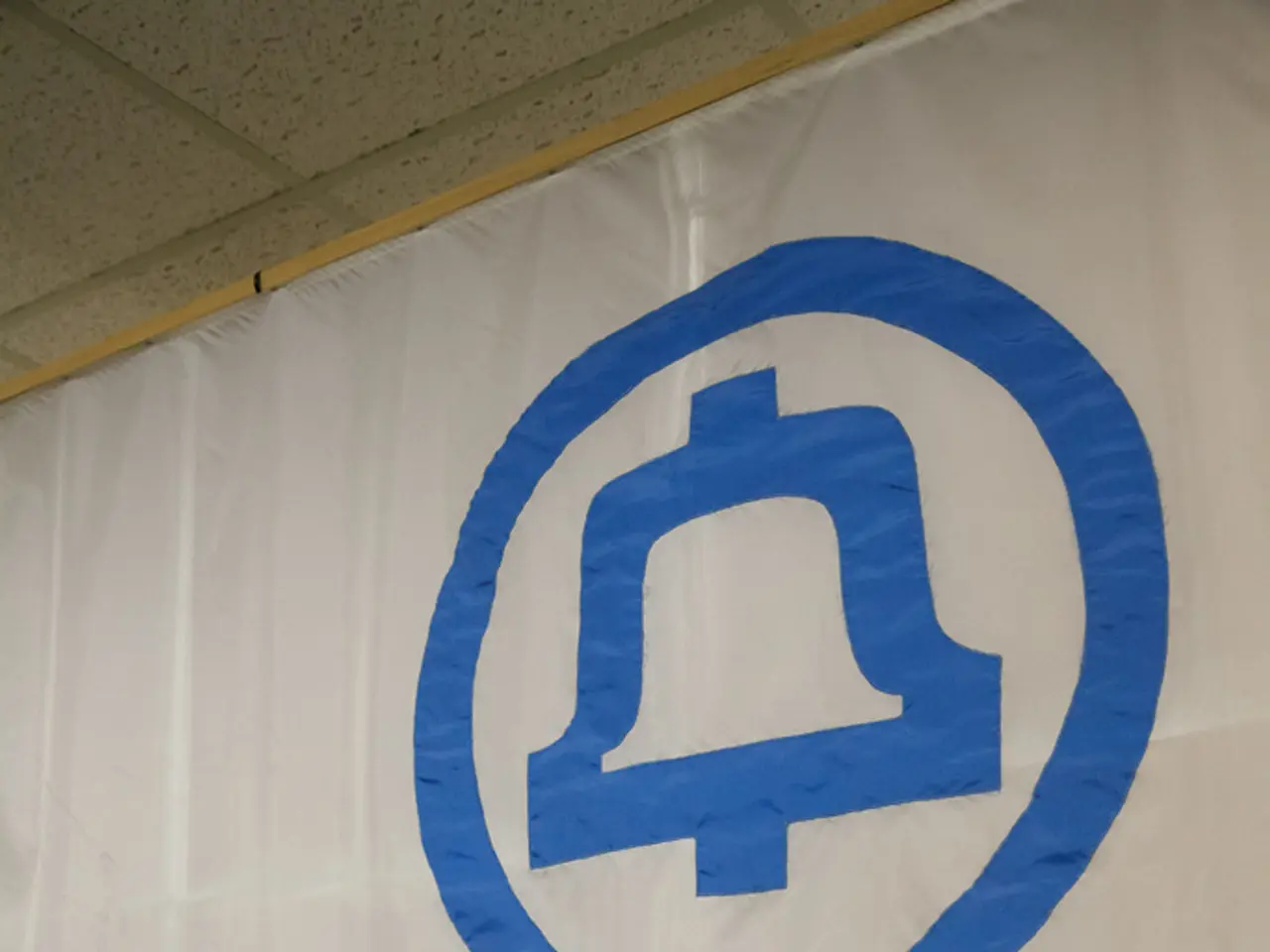On May 16, 1945, the National Socialist German Workers' Party flag was reportedly freed, occurring in Aldrans.
During World War II, American soldiers, particularly those of the Cactus Division, made an unusual yet significant practice out of seizing Nazi swastika flags as spoils from battle and occupation. These captured flags—emblems of Nazi power—were transformed into symbols of victory and personal souvenirs, often by cutting, defacing, or converting them to mark the defeat of the Third Reich and to commemorate their own role in it.
This practice held significant psychological and symbolic meaning. The swastika was the centerpiece of Nazi identity and oppression; by capturing and defacing these flags, GIs asserted their power over a fallen enemy. These items became tangible evidence of victory and liberation to the soldiers who took them. The flags and other Nazi artifacts were often kept as war trophies, sent home, or displayed in homes or veteran gatherings, serving both as reminders of wartime sacrifice and as cautionary tokens against fascism.
Many of these flags remained in private collections as family heirlooms or military memorabilia. Some were handed over to museums or historical institutions where they serve as reminders of the atrocities of the Nazi regime and the Allied victory. Others were destroyed or discarded over time due to the offensive nature of the swastika and evolving attitudes toward such symbols.
The legacy of these transformed banners lies in their role as artifacts that illustrate the intersection of personal valor, historical memory, and the repudiation of Nazi ideology. Although thorough documented collections or centralized repositories of these specific altered flags are limited in public records, their existence is well attested in veterans’ stories and wartime memorabilia.
Notable examples include the Cactus Division veterans' oral history collections and "war souvenir" collection, which were donated to the University of Southern Mississippi in 2015. Among these donated materials is a flag still held by Robert Leslie, a soldier, who possesses a flag with the names of his machine gun section.
The Cactus Division's discovery of a Gaupropagandaamt in Aldrans near Innsbruck is also detailed in the "Stories" overview. The hilarious reaction of the Austrians to the soldiers' action is part of the events described in the "Stories" overview, as is the creation of swim trunks from Nazi flags by the soldiers. Some soldiers sent signed flags home by post, while others kept them as souvenirs.
This unique tradition serves as a testament to the soldiers' spirit during World War II, their defiance of the Nazi regime, and their personal commemoration of their role in the Allied victory. The transformation of these symbols of oppression into symbols of triumph not only had psychological significance for the soldiers but also left a lasting impact on the history of the war.
[1] University of Southern Mississippi, "Cactus Division Collection," accessed March 20, 2023, https://library.usm.edu/cactusdivision/
[2] National WWII Museum, "Cactus Division," accessed March 20, 2023, https://www.nationalww2museum.org/war/articles/cactus-division
- In contrast to their original significance, the Nazi swastika flags, once prized emblems of power and oppression, have been transformed into symbols of sports-analysis triumphs by the Cactus Division soldiers during World War II, serving as personal souvenirs and war trophies, much like how sports-analysis experts now analyze and appreciate specific moments in the history of sports.
- Similarly to sports-analysis dedicating time to studying the history of prominent sports figures and teams, these soldiers have left their mark on history through their unique and unorthodox practice of defacing, cutting, or converting Nazi flags as a means of asserting power over the defeated enemy, presenting a fascinating study of history and sports-analysis intertwined in unexpected ways.








